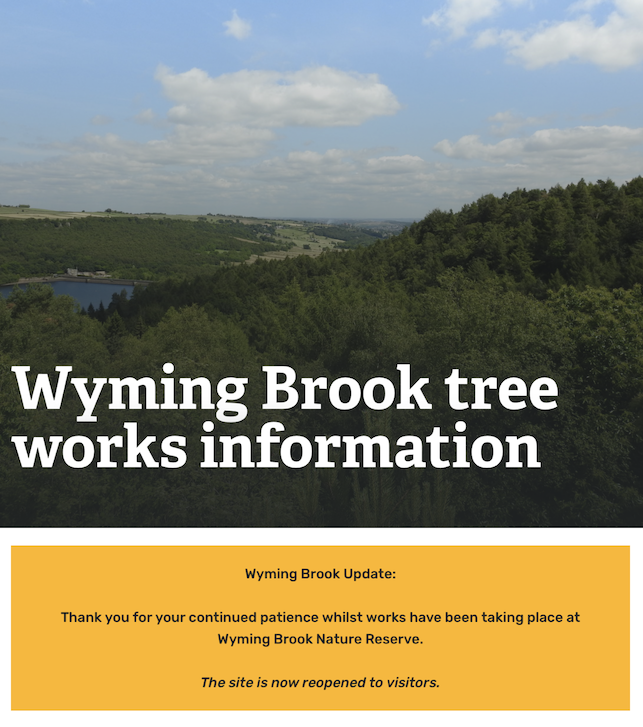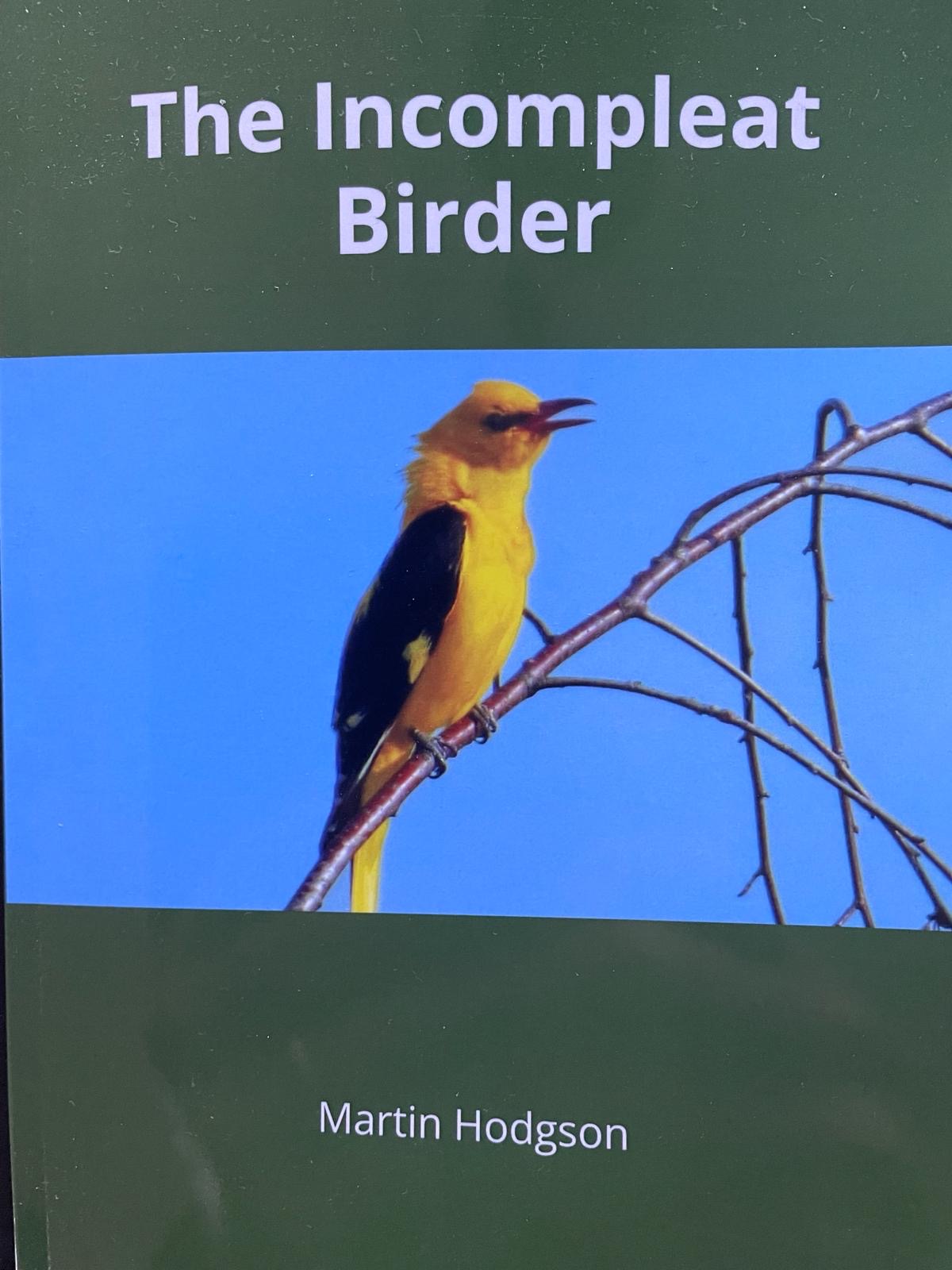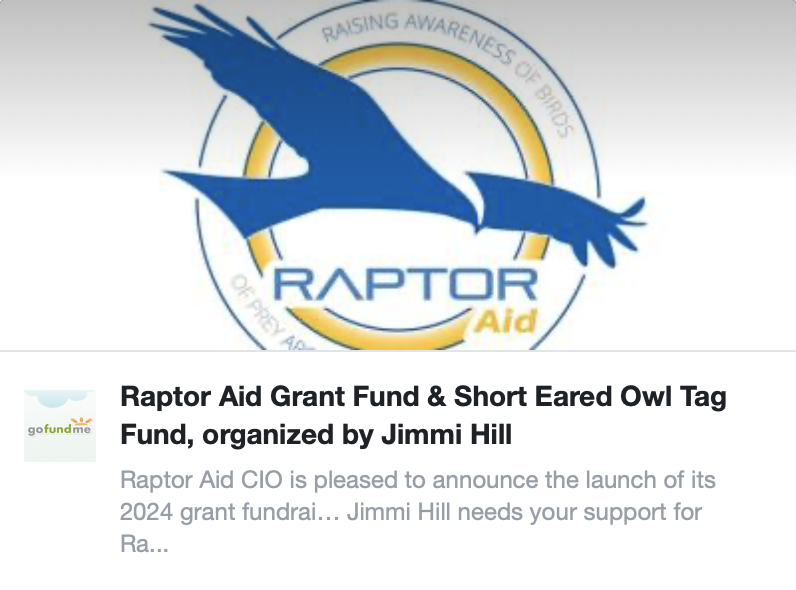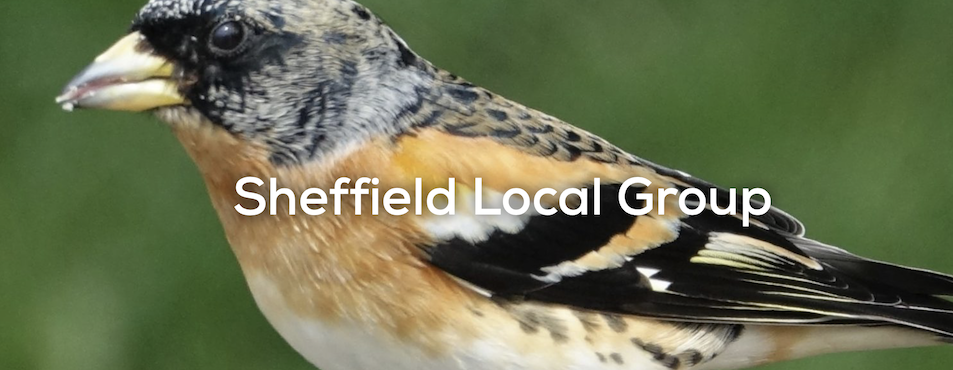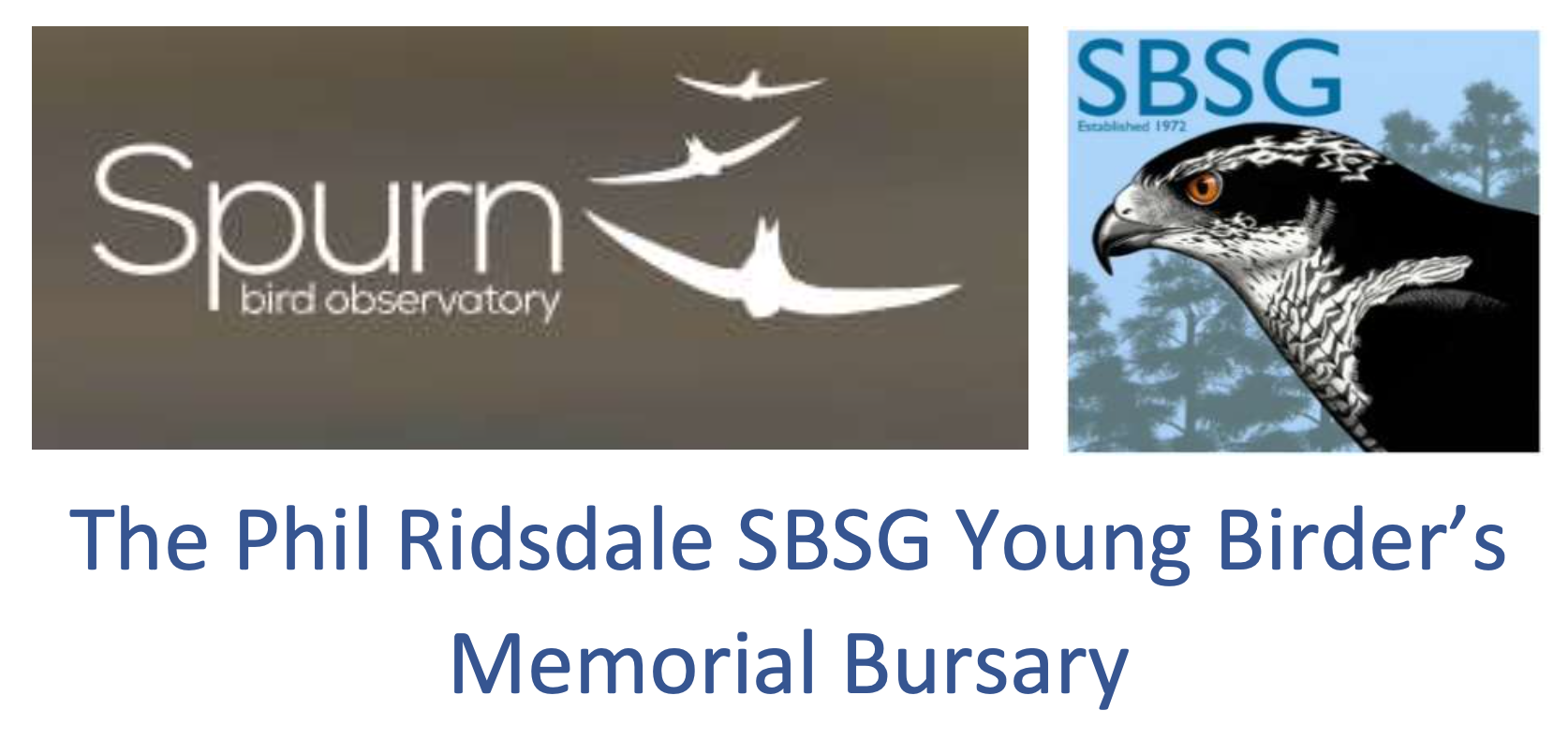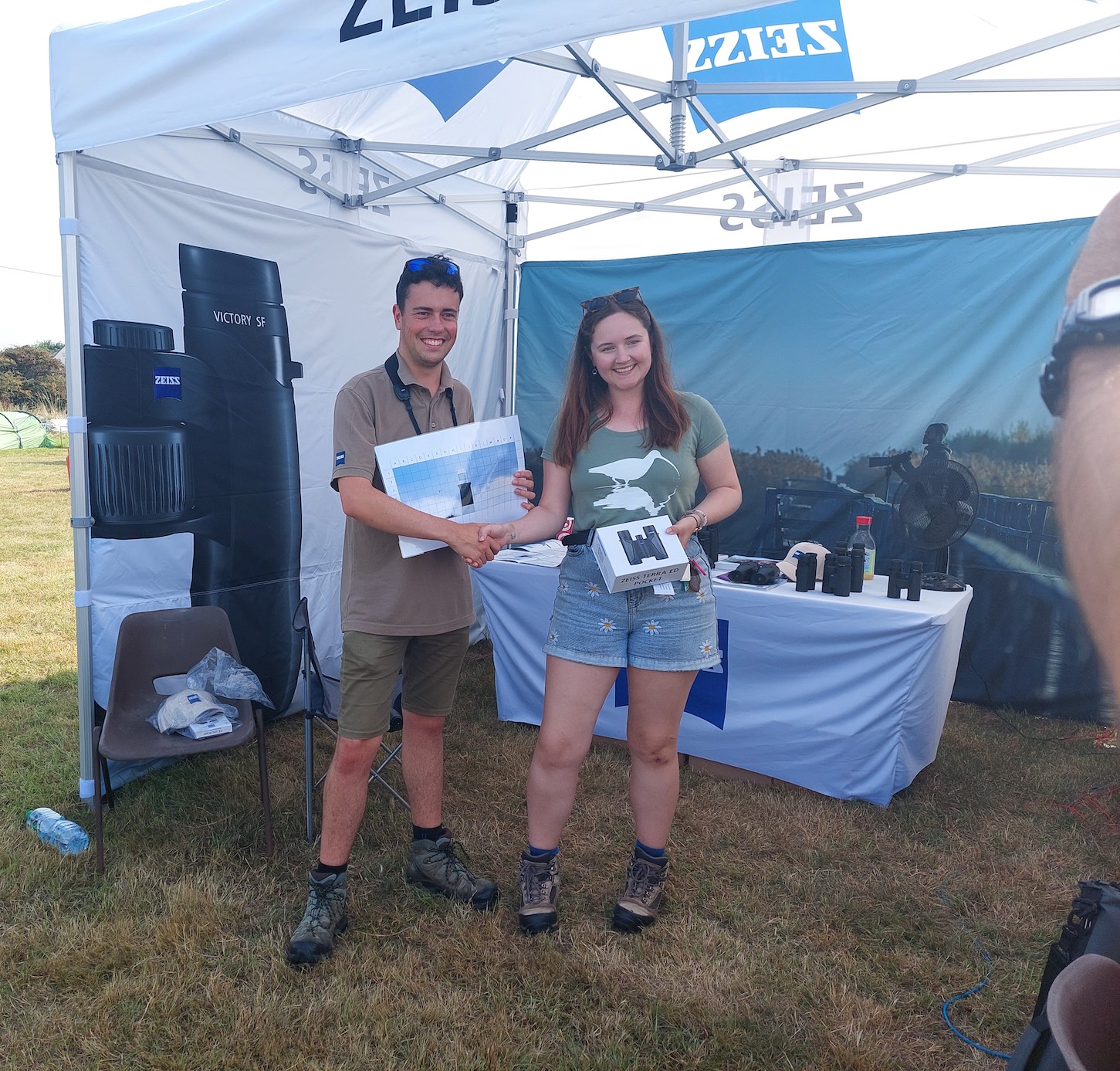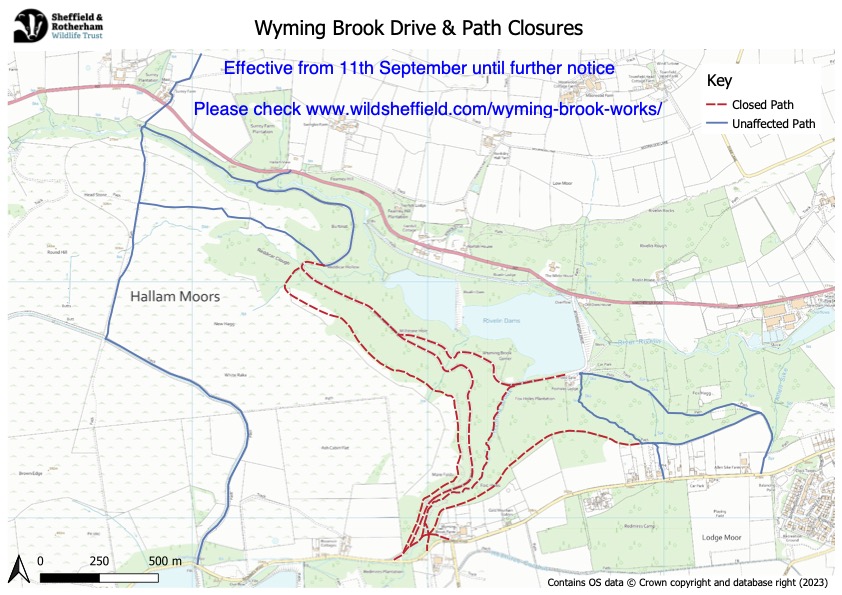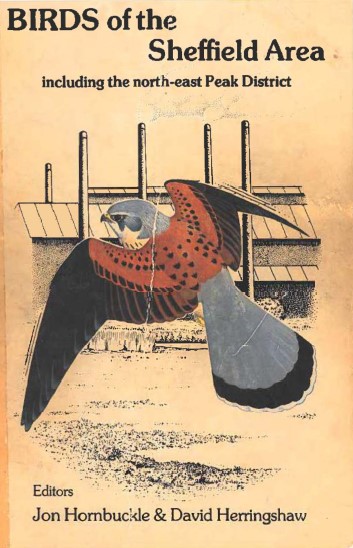Welcome to the SBSG website
Sheffield Bird Study Group was formed in December 1972 as a forum for birdwatchers in and around the city with an active interest in ornithology. The group's recording area, covering twelve 10km squares with the city roughly in the middle, is hugely diverse, stretching north to the outskirts of Barnsley, south to Chesterfield, east to the lowlands beyond Rotherham and Bolsover, and west to the highest tops of the Peak District National Park.
We aim to promote an interest in birds in the community, provide something of interest to all levels of birder, co-ordinate fieldwork and recording in the area, and work with and complement the work of like-minded local and national organisations for the benefit of birds. SBSG is registered charity No 510857. Click here for more.
Diary Dates
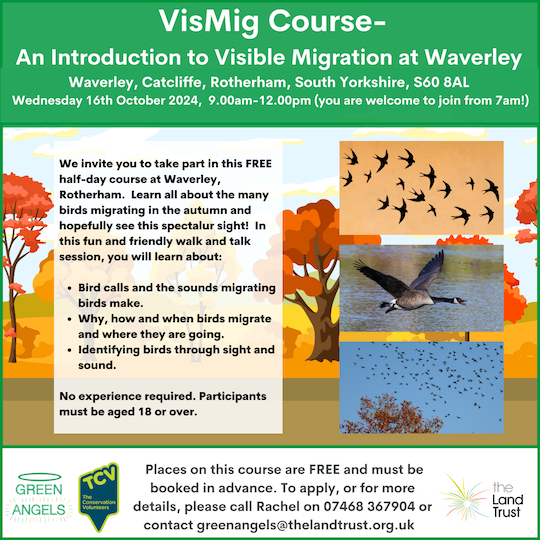
News
TAKE PART IN A SURVEY
We are looking for participants for a study about how people build associations and knowledge in memory. For example, in everyday life, we often must remember associations between information, such as the name of a new acquaintance, where we left our mobile phone, or the source of some news that we have recently learned. The aim of this project is to examine how prior knowledge (in this case, of birds) impacts the formation of new memories. To this end, we are looking for adults of all different experience/knowledge of birds to take part in a two-part study. If you are eligible, you will be immediately directed to Part 1 which entails an online survey that will enquire about your background interests and experiences with birds. Thereafter, you will be contacted to take part in Part 2 which will take place remotely online via Zoom from the comfort of your home and entail tests of memory and cognition. A trained research assistant will be available to answer any questions. You will receive Amazon vouchers worth £8/hour for your participation. To find out if you are eligible, please visit https://bit.ly/BirdMemoryStudy. If you have any questions, please contact the principal investigator, Dr Vanessa Loaiza at This email address is being protected from spambots. You need JavaScript enabled to view it..

Parks, Woodlands and Green Spaces in Sheffield. Tell us what you think!
As part of our commitment to maintaining and improving your Parks, Woodlands and Green Spaces in the future, we need to find out about how you currently use our sites, what you think of our service. We have also added a few questions on Nature Emergency and the role we can all play to support nature's recovery in Sheffield.
We would be really grateful if you would take a few minutes to answer our questions. Your responses will help us understand how you feel about our Parks, Woodlands and Green Spaces. Your feedback will also help us to see what we can do to improve our sites in the future. The more people who complete the survey, the more meaningful the results will be and it would be really valuable to get a range of participants to respond.
The survey should take about 5 minutes to complete. Please make the most of this opportunity to have your say. Follow this link to the project page where you can take the survey.
The survey closes on 19th April 2024
Helen Taylor
Quality and Performance Officer
Parks and Countryside, SCC
The Incompleat Birder
Martin Hodgson is the latest SBSG member to author a book
It’s a light-hearted account of his struggle over the years to gain some competence in birding. In short, a story without a happy ending! Printed by the University Press in the same style as the Annual Report, Martin hopes that it will attract people to make it their own. Priced at £10 and containing 127 pages with many colour photos, it will be on sale at the March meeting and £2 of every copy sold that evening will go to SBSG. Those who are interested but can’t make the meeting should contact him on This email address is being protected from spambots. You need JavaScript enabled to view it.
Peak District Raptor Monitoring Group
The Peak District Raptor Monitoring Group are fund raising to buy some Satellite tags to go on Short-eared Owls, this year and next. Below is the link to their Go Fund Me page. The details of who Raptor Aid are are included, along with details about NERF.
Raptor Aid Grant Fund & Short Eared Owl Tag Fund, organized by Jimmi Hill
2023 Ring Ouzel reports for Eastern moors and Stanage/ North Lees
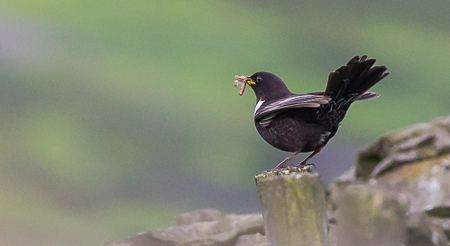
The reports detail the results of Ring Ouzel surveys and monitoring carried out in 2023 across the Eastern Moors Partnership estate and the Stanage - North Lees estate
Birds in the Sheffield Area 2020
Editor: Richard Hill

Birds in the Sheffield Area 2020 was published in December 2023 with help of the major sponsors Foothills and Sheffield Photographic Centre.
The cover of a Bittern in the Rother Valley was created by Ben Green and the text is interleaved with colour illustrations by Ben Green and Richard Dale. The colour photographs are courtesy of A. Deighton, P. Garrity, R.D. Hill, M.N. Reeder, M. Smethurst, R. Twigg and D. Wood. It has a total of 170 pages.
This edition is dedicated to the memory of Philip Ridsdale – 1984–2020.
Main Contents:
- A review of the birding year, 2020
- Systematic List of records for the year 2020
- Arrival and departure dates of migrant species in 2020
- Bitterns in the Rother Valley – a new breeding species
- Bearded Vulture in the Peak District – New to the Sheffield Area
- A colour map of the SBSG recording area
The cost is £7 if collected, or £10.50 to include postage and packing. The report is free to qualifying members.
Anyone interested in obtaining a copy of this, or any other of our annual reports, please email This email address is being protected from spambots. You need JavaScript enabled to view it. for further details.
Sheffield RSPB Group
The programme of speakers for the group for 2024 can be found here.
MEMBERSHIP LATEST
A reminder that when you first access your SBSG account in January you will be asked to renew your membership or continue as a guest. The Membership Mojo information pack can be found here - it has detailed joining/renewal instructions to help you with any queries.
SBSG Indoor Programme for 2024 now released
Our new exciting programme for 2024 can be found here
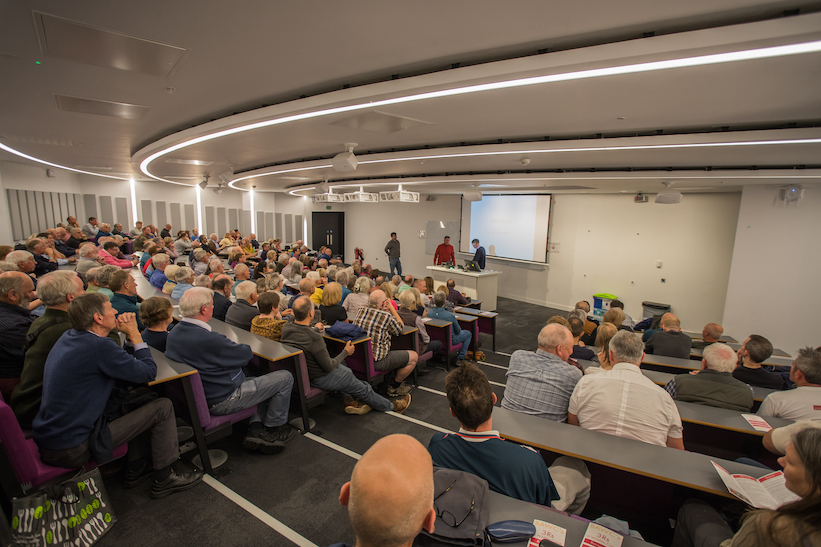
Details of the 2024 opportunity for young birders can be found here - get your application in now!
SBSG U25’s YOUNG BIRDER'S BURSARY 2023
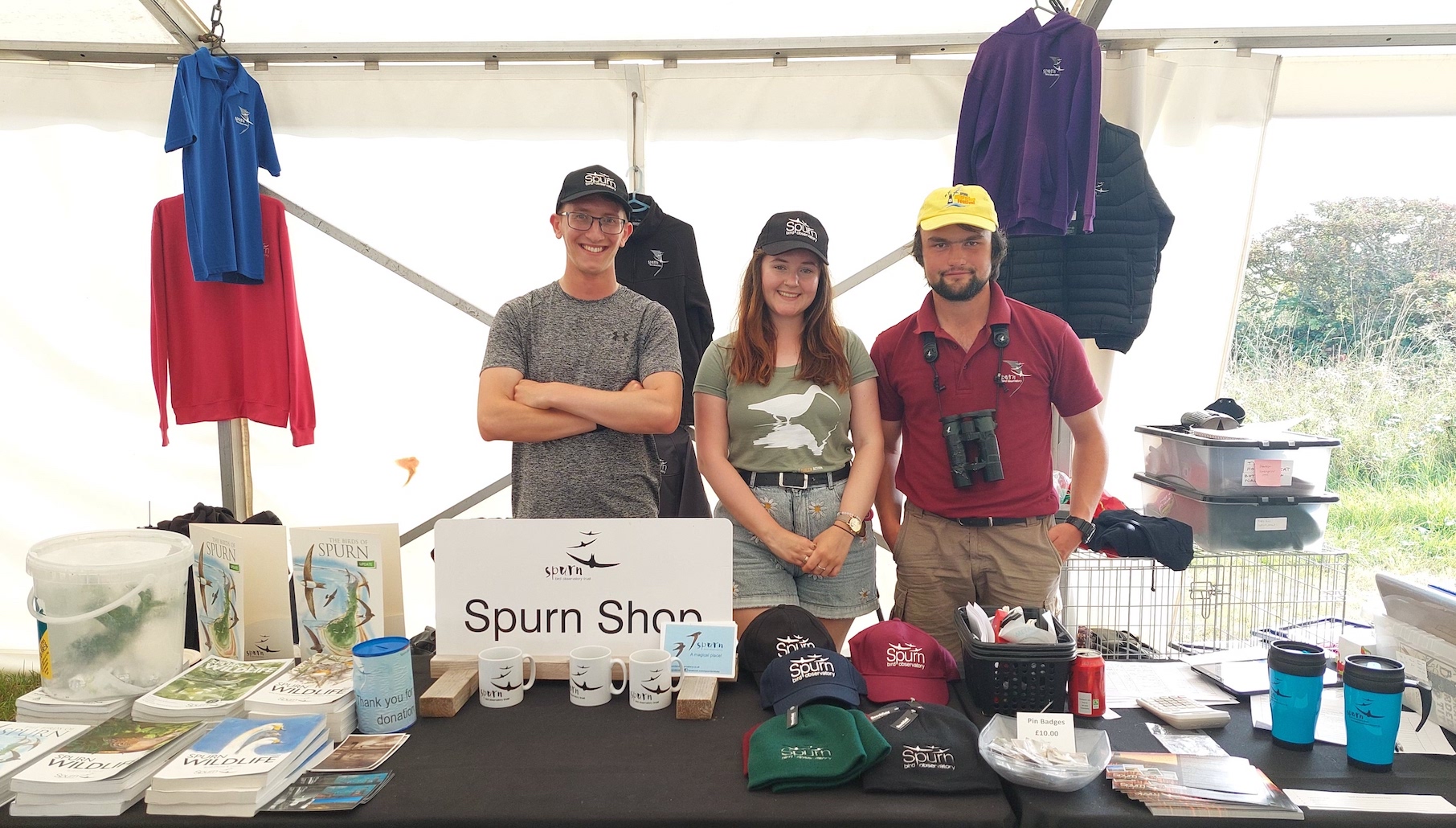
To highlight the success of our recently trialled SBSG U25’s Young Birder’s Bursary in memory of Phil Ridsdale, recipient and SBSG U25s member Stephanie Webb has created a brief summary report of her findings regarding her experience. The report details her personal experience at Spurn Bird Observatory, including positive and negative feedback, and further recommendations. Highlights include Stephanie’s overwhelmingly positive experience at Spurn, which allowed her to connect with other young birders and gain valuable volunteering experience at a UK bird observatory. Stephanie's report on her experience can be found here.
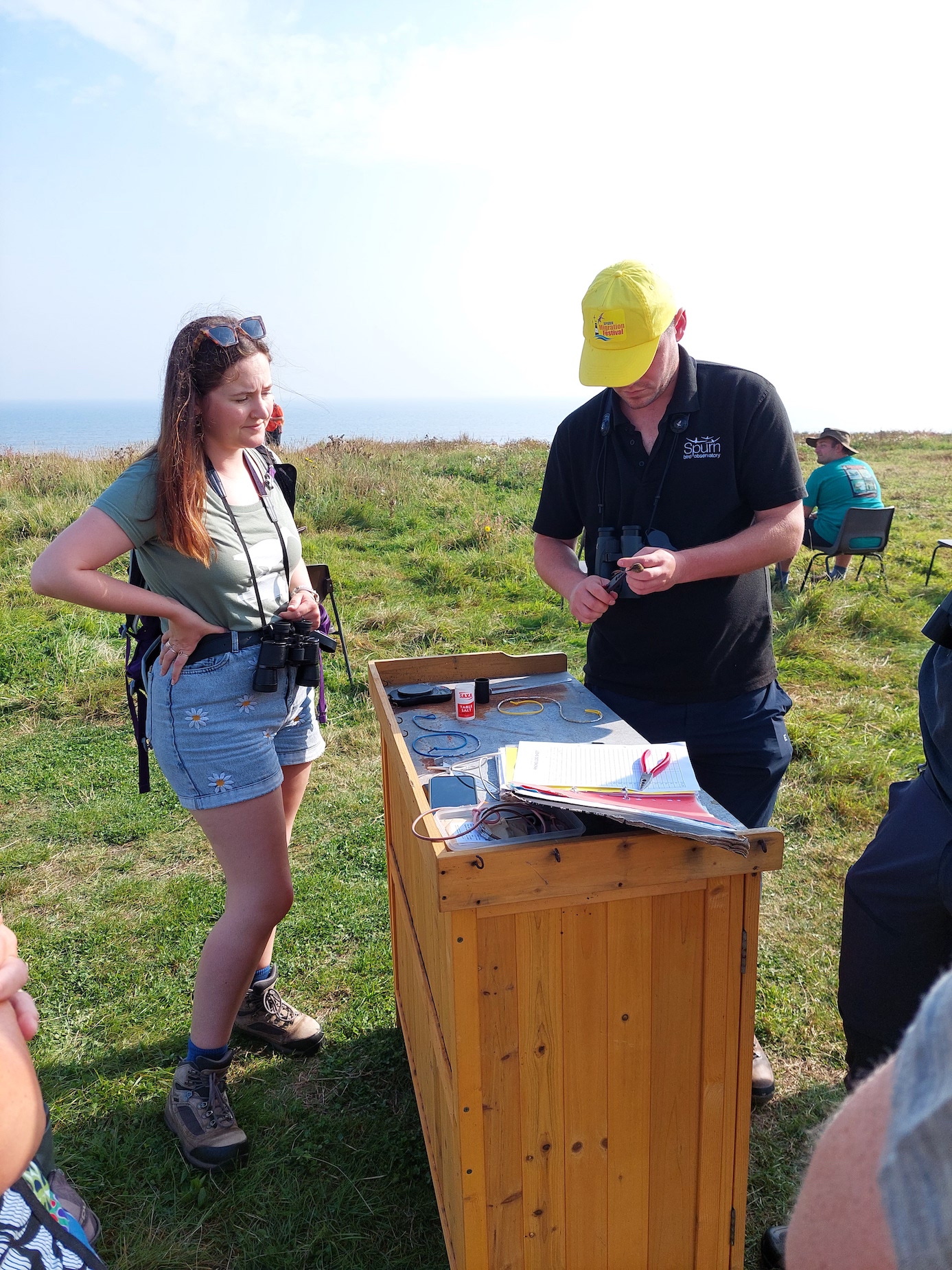
WYMING BROOK CLOSURE
Removal of diseased Larch Trees - Forestry work has started at Wyming Brook and all the public rights of way on the reserve are currently closed. Here is the map showing the closures for your reference.
Easyfundraising
New QR Code to use when shopping on-line - why not take a picture and store it on your phone for use in the future

If you shop online, don’t forget to support SBSG at no extra cost by channelling through easyfundraising - Here's how to do it
Results from the National Willow Tit survey
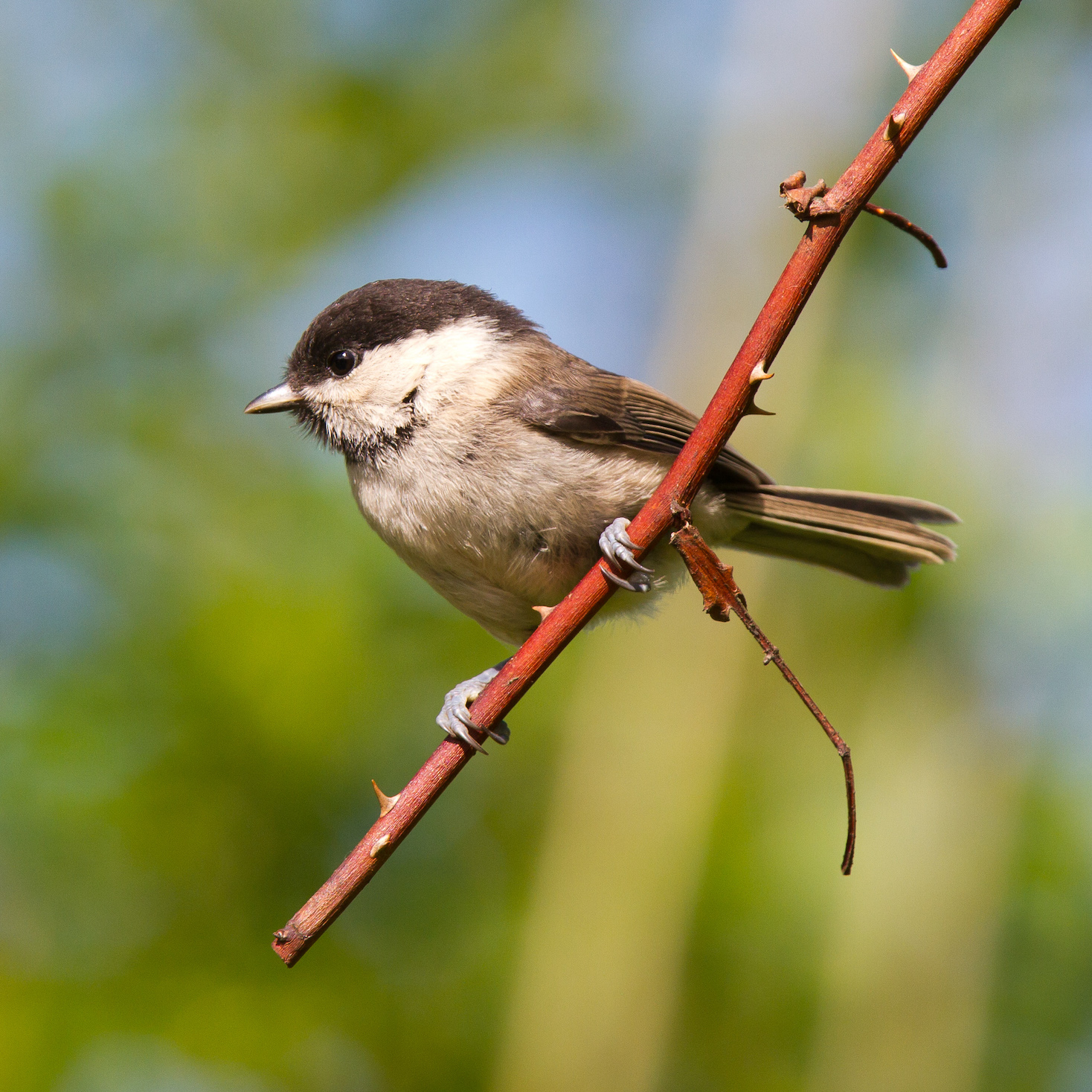
In recent years, our endemic race of willow tit (Poecile montanus kleinschmidti) have been lost from large areas of southern and eastern England and from parts of north and south Wales. Senior Conservation Scientist Simon Wotton explains why a survey was needed for this woodland birds, and what it shows us.
A blast from the past
For those of you looking to while away the long winter nights, a copy of the 1985 publication Birds of the Sheffield Area by the late Messrs. Hornbuckle and Herringshaw has just been uploaded to the site. Available to members, it can be found via the "publications" tab under the annual reports section.
Membership
Good news for younger members
Free membership is now available for persons under the age of 25. The age limit was previously 22. And it’s available regardless of whether you’re in full time education or not. Existing members should by now have received revised membership certificates from Martin Hodgson, the Membership Secretary. If you haven’t but you think you ought to have, or if you are a paying member who now qualifies for free membership, please contact him at This email address is being protected from spambots. You need JavaScript enabled to view it.
Help Sheffield University and SBSG support the Sheffield Peregrines
With your help we can provide more opportunities for people to learn more about these amazing birds as well as carry out important research. You can support the Sheffield Peregrines Project by donating through the Virgin Money Giving page.
Click on this link to learn more about the plans for the project and to donate:



